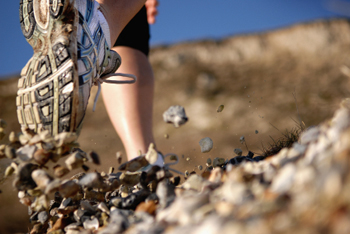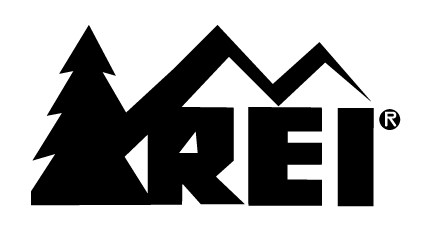Trail Running

• Trail running shoes are made differently than regular running shoes and they address two important needs: griping rugged terrain and protecting your feet.
• To grip the uneven, bumpy trails, trail running shoes have outsoles with deeper lugs to increase your stability.
• To protect your feet from things you may encounter on a trail (rocks, tree roots, the occasional rattler…) trail running shoes have more durable uppersoles.
• Fit is crucial. Look for a snug fit with for the toes to move just a bit. Your heel should sit low to help avoid ankle sprains.
• Generally there are two types of trail shoes. Performance styles are very light and flexible for running bumpy trails. They may not be as durable, sacrificing some durability and support for a light weight and speed. The other type is endurance styles. These have more cushioning, midsole and bottom support for long hours on the trail.

